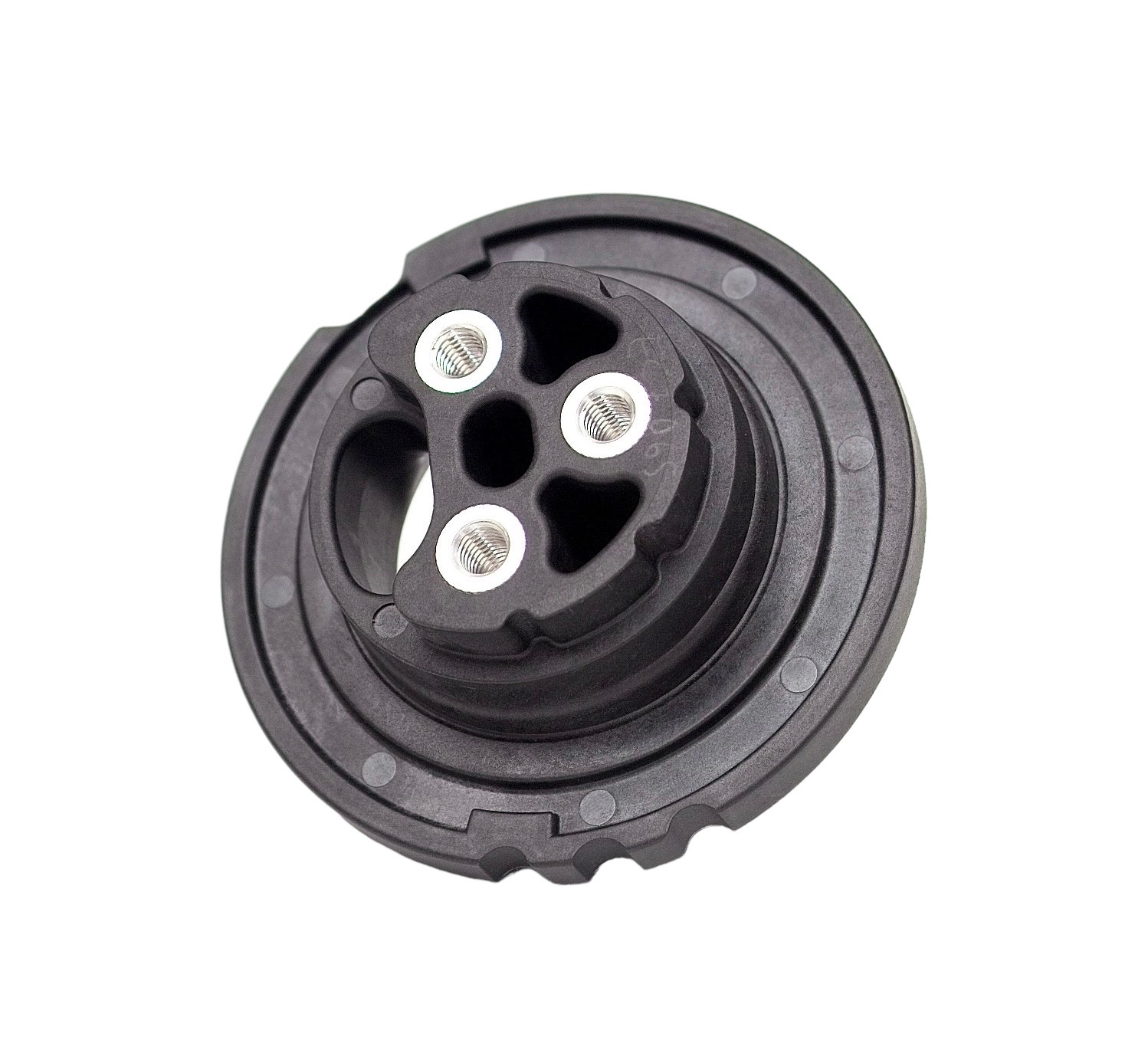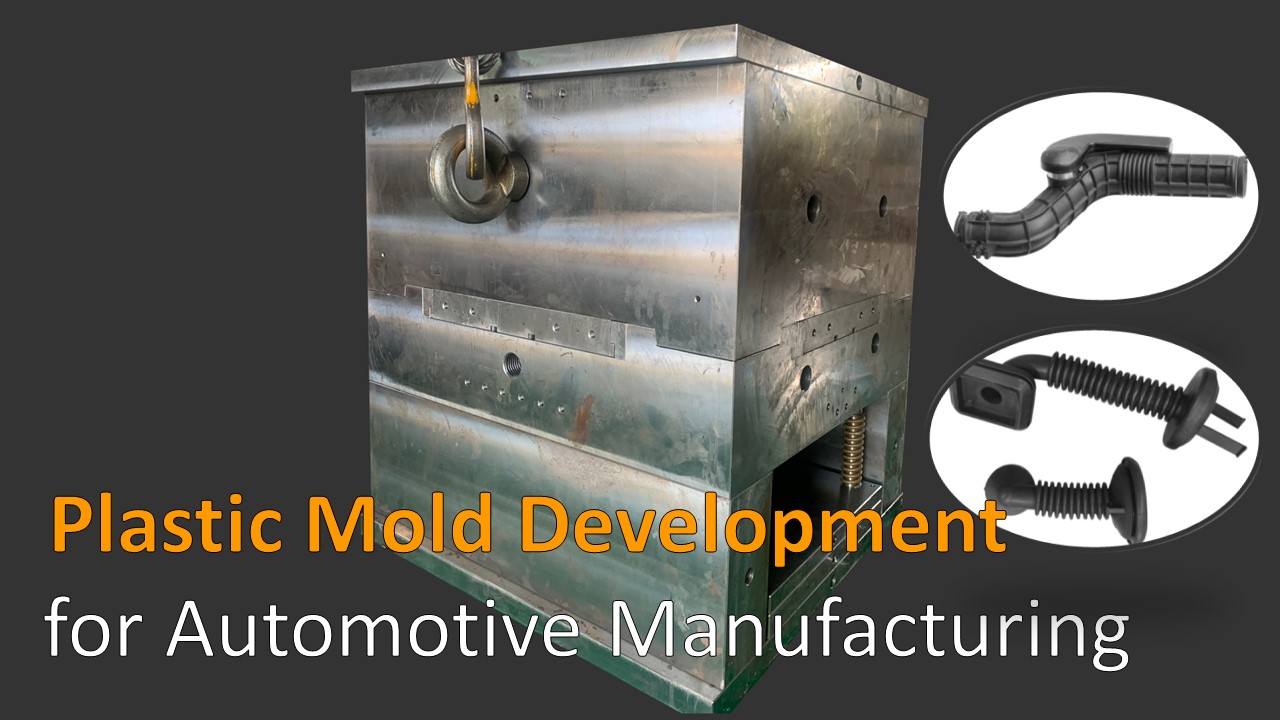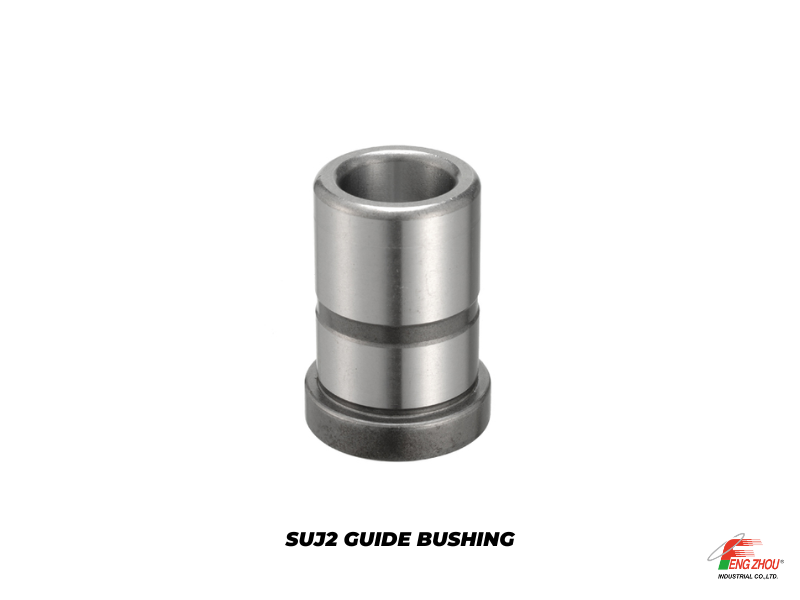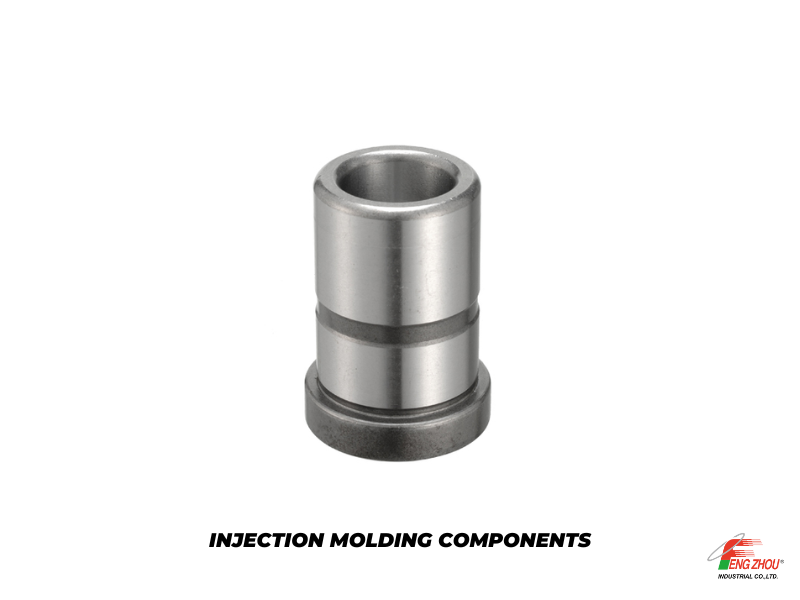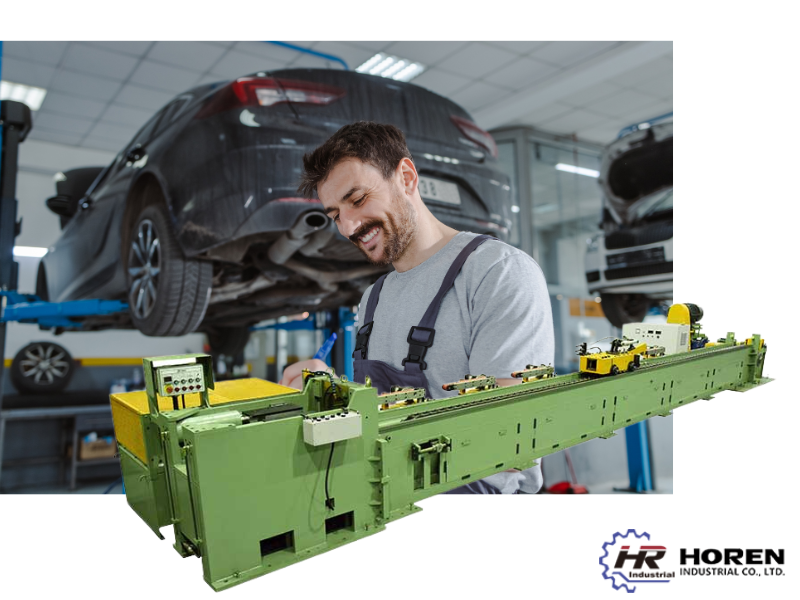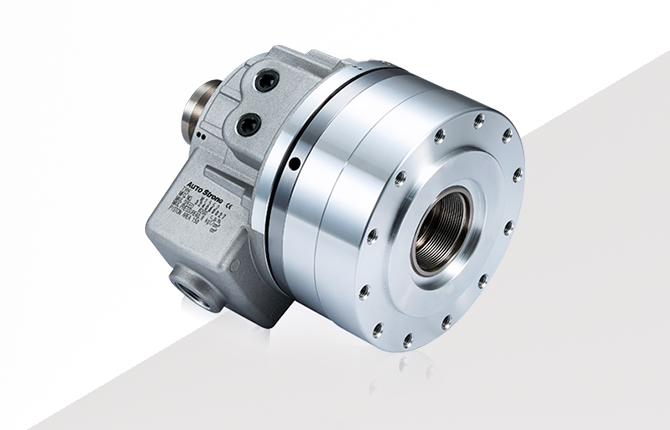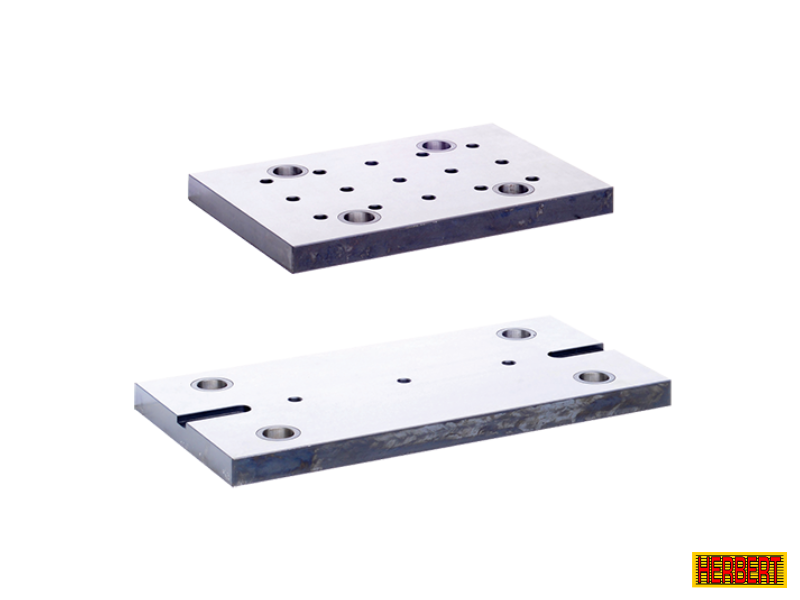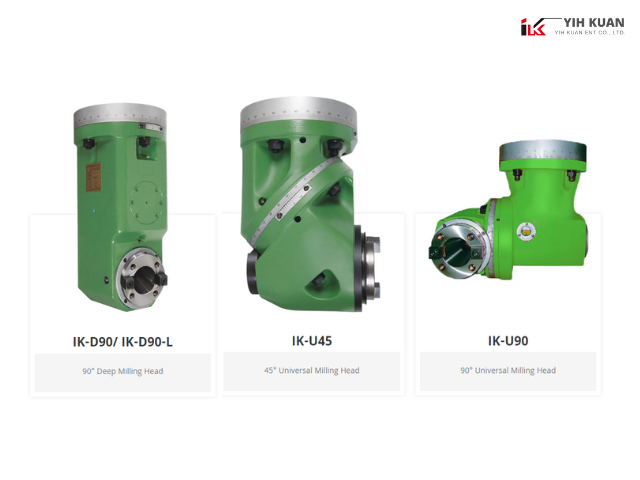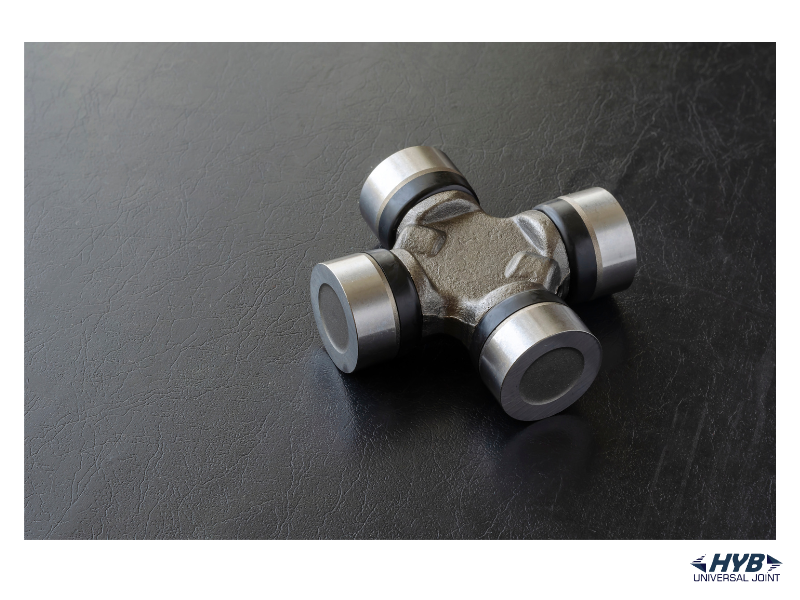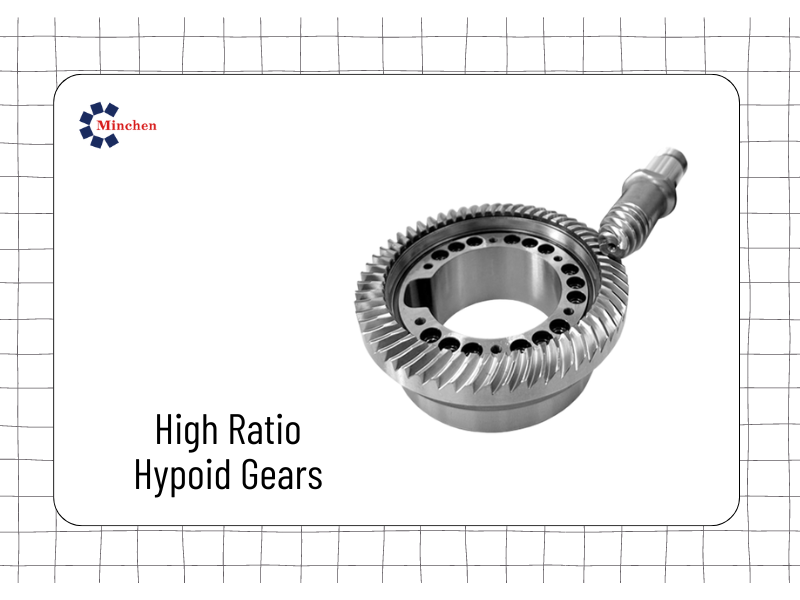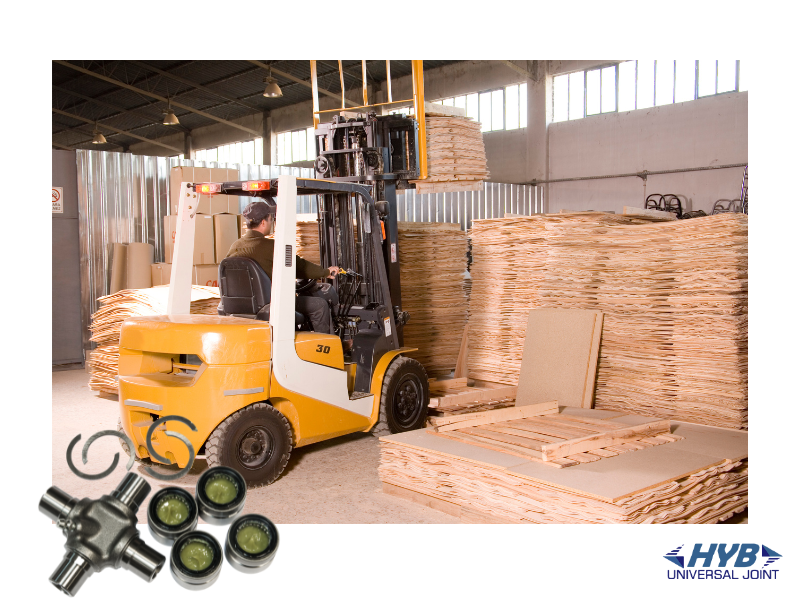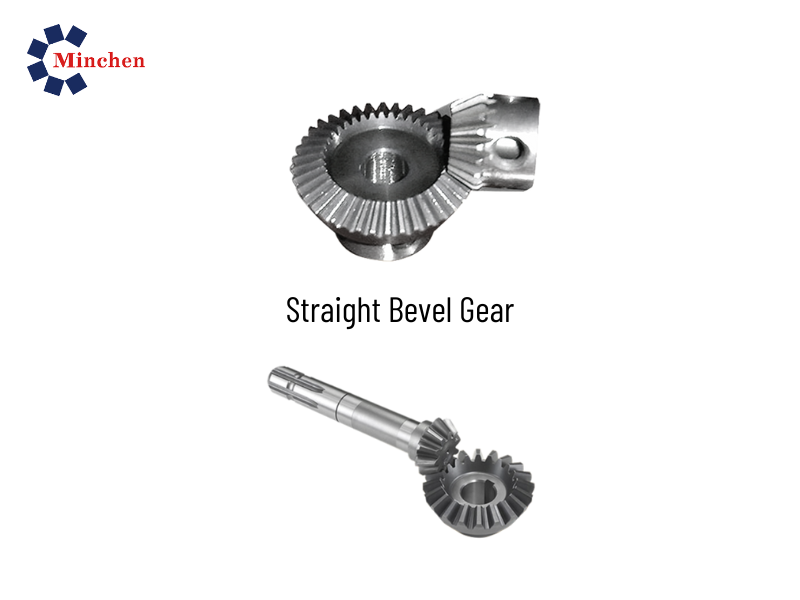How Do You Choose the Right Machine Vise for Your Needs?
2024-04-30Mould & Die From:LEAVE INDUSTRIAL
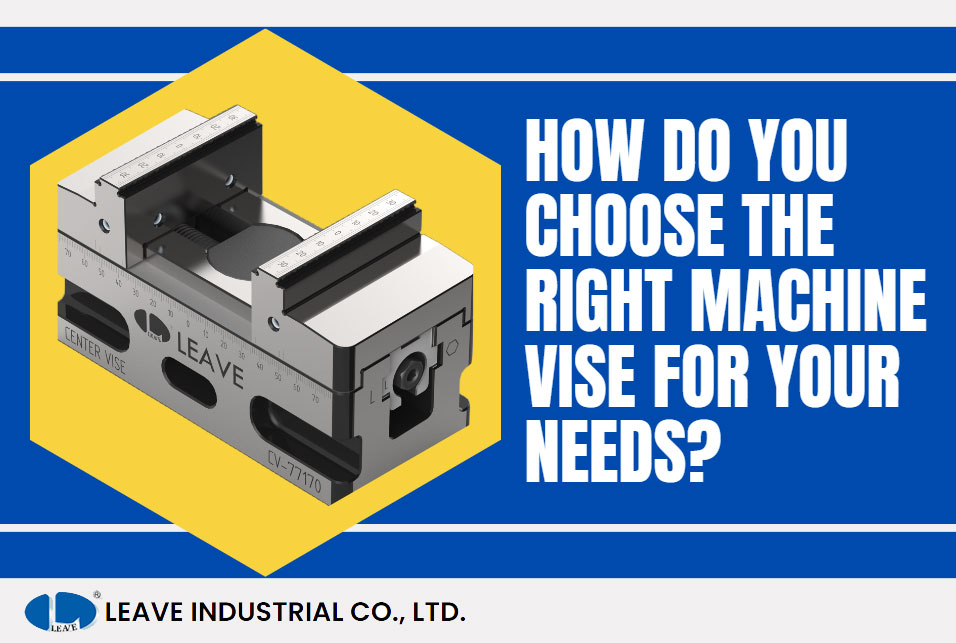
This comprehensive guide explores the various types of machine vises, their applications, crucial technical specifications, and tips on choosing the right vise for your specific needs.
Exploring the World of Machine Vises: A Guide to Precision and Stability
Welcome to the dynamic world of machine vises, the cornerstone of precision in modern manufacturing and metalworking. At LEAVE, we specialize in robust and reliable tools that boost productivity and guarantee high-quality results. This comprehensive guide explores the various types of machine vises, their applications, crucial technical specifications, and tips on choosing the right vise for your specific needs. Whether you're setting up a new workshop or refining industrial processes, our expert insights will aid in making informed decisions about this essential equipment.
What is a Machine Vise and Why is It Essential?
A machine vise is a crucial mechanical device that secures objects to allow precise and safe work. Comprising two jaws, one fixed and one movable, it clamps materials securely for operations such as cutting, milling, or drilling. Despite its simplicity, the machine vise plays a pivotal role in workshops and factories by supporting precise work on diverse materials.
Different Types of Machine Vises and Their Applications
Machine vises vary by mechanism and intended use, each suited for particular tasks and environments:
- Precision Vises: Ideal for tasks that require exact precision, equipped with fine adjustment capabilities.
- Hydraulic Vises: Provide powerful and consistent clamping force, perfect for high-volume repetitive tasks.
- CNC Vises: Designed for high-accuracy in computer numerical control machining with exceptional repeatability.
- Drill Press Vises: Tailored for drilling applications, ensuring workpieces are held securely.
Understanding these types will help you select the vise that aligns best with your operational needs, enhancing both craftsmanship and industrial production.
Key Specifications to Consider When Selecting a Machine Vise
Choosing the right machine vise involves understanding various specifications that influence its performance:
- Jaw Width: Determines the maximum width of workpieces that can be handled.
- Opening Capacity: Indicates how wide the jaws can open, relevant to the size of the workpiece.
- Throat Depth: Measures the distance from the top of the jaws to the base, affecting the accessible area of the workpiece.
- Material: The build material (commonly steel or cast iron) impacts the vise’s durability and performance.
These details are essential for matching the vise with the job’s demands, ensuring efficiency and durability.
How to Choose the Right Machine Vise?
Selecting the appropriate machine vise requires considering several factors:
- Assess the material hardness of workpieces to ensure the vise can manage the operational stress.
- Determine the precision level needed for your projects, influencing the type of vise required.
- Evaluate the volume of work to choose a vise that can efficiently handle the frequency and intensity of operations.
- Balance budget constraints with the need for features that enhance performance and longevity.
By carefully considering these aspects, you can choose a machine vise that meets your technical needs and optimizes your production process.
Innovations and Future Trends in Machine Vise Technology
As technology continues to evolve, so too does the design and functionality of machine vises. Recent innovations have focused on increasing the precision, efficiency, and ease of use of vises to cater to the demanding needs of modern manufacturing and metalworking. Noteworthy advancements include:
- Smart Vises: Integration of IoT (Internet of Things) technology allows vises to communicate with other machines and systems, enabling automated setups and adjustments based on real-time data. This development leads to reduced manual intervention and enhanced precision.
- Modular Designs: Newer vises feature modular components that can be easily swapped or adjusted according to specific tasks, significantly improving flexibility and reducing downtime.
- Materials Innovation: The use of advanced materials such as composites and lightweight alloys is becoming more common, offering durability and performance enhancements while reducing the overall weight of the vises.
- Ergonomic Enhancements: With a focus on user comfort and productivity, modern vises incorporate ergonomic designs that simplify operation and minimize fatigue during extended use.
Looking ahead, the future of machine vises seems poised for further exciting developments. Predictions include more integrated automation solutions, advanced sensor technology for predictive maintenance, and further enhancements in materials science that could redefine what these indispensable tools can achieve. By staying abreast of these trends, LEAVE ensures that its offerings not only meet current industry standards but also anticipate future demands, keeping your operations at the cutting edge of technology and efficiency.
Conclusion
Machine vises are essential for enhancing the efficiency, safety, and quality of manufacturing operations. At LEAVE, we guide you in selecting the right tools, keeping you ahead with the latest in vise technology. Invest in the right machine vise with LEAVE, and experience the difference in your production outcomes. For more information or personalized advice, explore our products at our website or contact us directly. We're here to support your manufacturing success.
